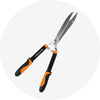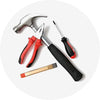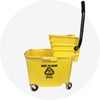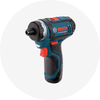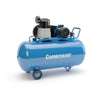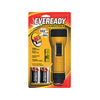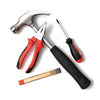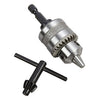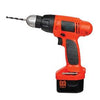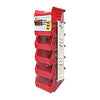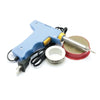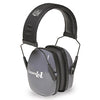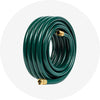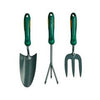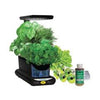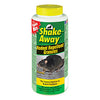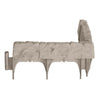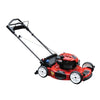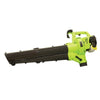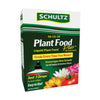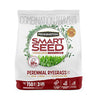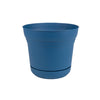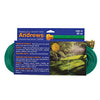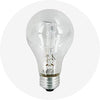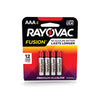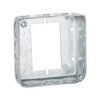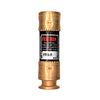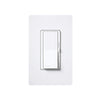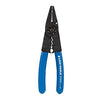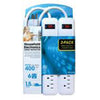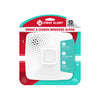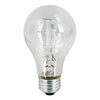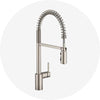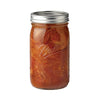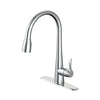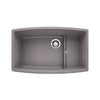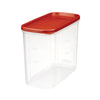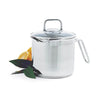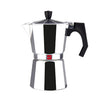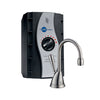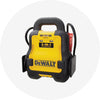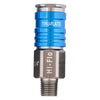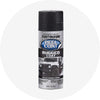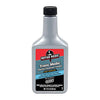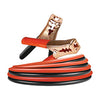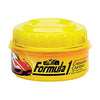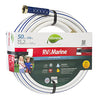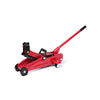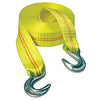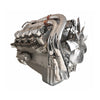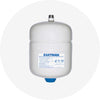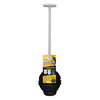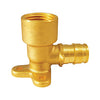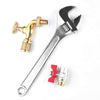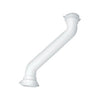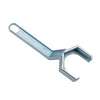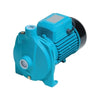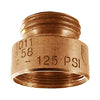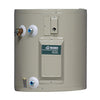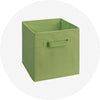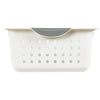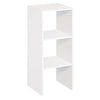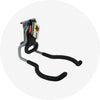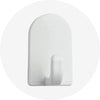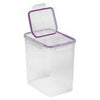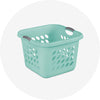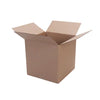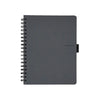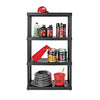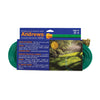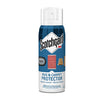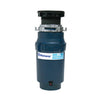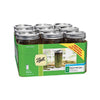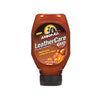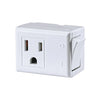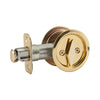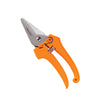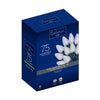How To Choose the Right Spray Painter
∙ min read

Nothing looks quite as good as something that's been freshly painted. Who doesn't appreciate a shock of freshly applied color from the shiny finish of a new car to the glossy trim on the house? Yet, painting can be slow and messy, mainly using traditional tools like brushes. Imagine, for instance, painting the clapboards on a Cape-style house with a brush.
There is a faster way to apply an even coat of paint with more precision and speed. There are scores of different DIY painting projects, and getting the best results is equivalent to choosing the appropriate equipment. Brushes, rollers, and sprayers serve various purposes when it comes to application.
Just like there are variations in brushes and rollers, there are different types of paint sprayers; here’s a quick guide on what to keep in mind when choosing a spray painter:
- Spray Painter Components and Sizes
Spray painters are a bit more complex than rollers and brushes. A sprayer's volume of paint is directly related to its size.
Cap gun sprayers are small models, typically holding not more than a quart of paint. Larger models sometimes forego small models' built-in paint reservoir instead of employing a powered siphon that feeds directly into a bigger can or drum. Paint sprayers generally have features that allow users to control the spray pattern, the thickness of the coat, and the speed by which it comes out.
- Compressed Air Paint Sprayers
Air compressors use power to pressurize the air in a tank, which can then be used to power various tools, including paint sprayers.
Compressed air, or pneumatic paint sprayers, use air compressors to apply paint to a surface. Generally, 28 PSI is enough pressure to ensure a great flow. They allow users to apply paint with speed and precision and dispense more paint faster than other models. They are used for big and small jobs alike and are perfect for applying paint with a smooth and even finish.
- Airless Paint Sprayers
Airless paint sprayers are a better choice for thicker paints because of the force they expel the paint.
The pressurized force generated by the motorized sprayer atomizes the paint, allowing it to fan out droplets that evenly coat surfaces. The fact that this sprayer does not mix the paint with air means it's a bit less messy to use. Airless sprayers can employ up to 3,000 PSI of pressure; because of this, a DIYer must expect that amount of force to avoid an accident. The airless sprayer is ideal for bigger jobs, like applying paint to a fence or deck, lattice, or shutters. This is because they are so capable of dispersing thicker, latex-based paints.
- HVLP Sprayer
High Volume Low Pressure (HVLP) sprayers are a sprayer capable of applying paint with less over spray and a finer finish.
HVLP paint sprayers are best used for smaller projects. They are perfect for furniture or cabinets as they employ less pressure than traditional sprayers, resulting in larger droplets and a thicker coat. HVLP sprayers are renowned for their high accuracy and smooth finish, making them perfect for finish work.
- Paint Sprayer Benefits
Paint sprayers make painting easier and more engaging than traditional brushes and rollers. With their support, users can apply coats more uniformly, with relative ease and speed. Whether you're looking for airless or HVLP paint sprayers, we've got you covered.
Choosing the right spray painter for your home improvement projects is crucial for achieving professional-looking results. Considering the factors we've discussed, you can narrow your options and select the right spray painter that meets your needs.

At Max Warehouse, we offer a wide selection of spray painters and other home improvement products, all at competitive prices. So, whether you're a DIY enthusiast or a professional contractor, visit our website or shop with us today to find everything you need to make your next project successful!
